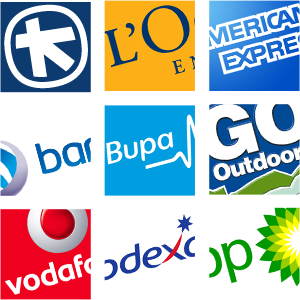Will Bluetooth become the de facto standard for contactless payment?
Feb 16, 2021
The overwhelming consumer payment preference is tapping the payment terminal screen with a payment card. The dramatic shift to contactless payments has seen consumers rapidly moving away from cash as a means of payment. But there are other technologies around. QR codes, near field communication (NFC), and Bluetooth are bound to benefit from this migration, however, they all offer varying levels of inclusion and scalability.
Both QR codes and NFC require internet access — with the World Economic Forum suggesting that during the Covid-19 pandemic, almost half of the global population had no internet connection, can this be relied on?
QR codes gained some popularity in the second half of 2020, but ultimately, they need both a good camera and online connectivity to work. NFC, the system that powers contactless payments via digital wallets, relies upon technology that only comes standard in a small number of installed devices, this excludes consumers that don’t necessarily own the latest Apple, Samsung, or Google smartphone.
It's predicted that by 2024 there will be 1.6 billion NFC-enabled devices in use. However, that figure is nearly five times smaller than the number of Bluetooth-enabled devices currently in circulation. With fewer technical requirements and Bluetooth Low Energy technology, it has the potential to introduce easy payment solutions to people across geographies, demographics, and even social classes. But will it win out?
Back to the list


